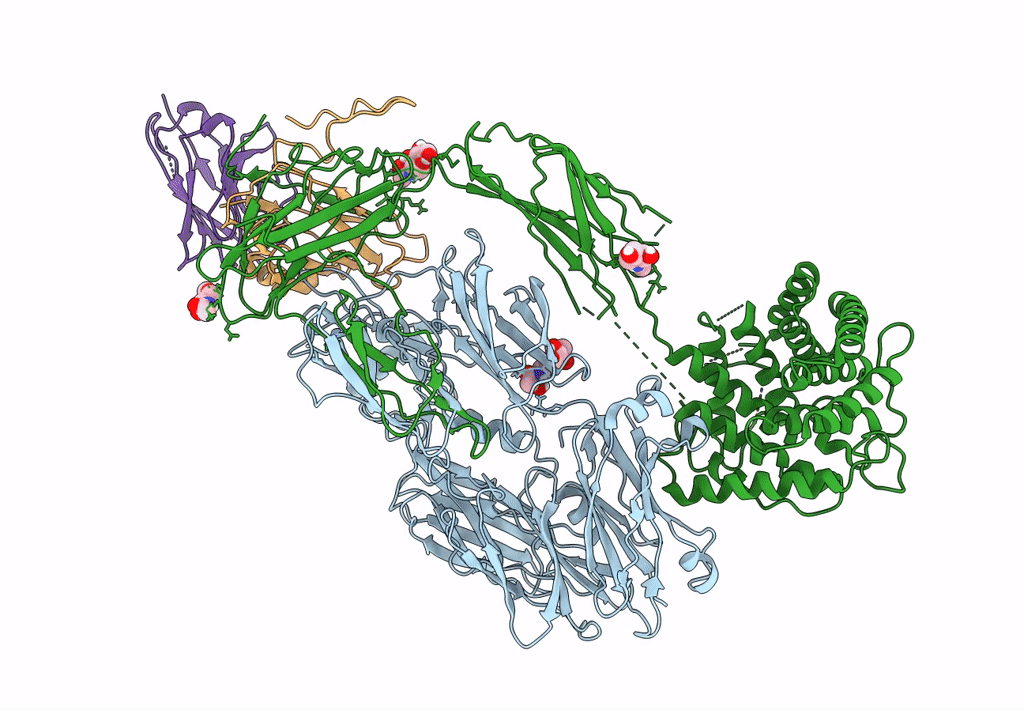
Deposition Date
2020-11-27
Release Date
2022-03-02
Last Version Date
2024-11-20
Entry Detail
PDB ID:
7B2Q
Keywords:
Title:
Cryo-EM structure of complement C4b in complex with nanobody B12
Biological Source:
Source Organism:
Lama glama (Taxon ID: 9844)
Homo sapiens (Taxon ID: 9606)
Homo sapiens (Taxon ID: 9606)
Host Organism:
Method Details:
Experimental Method:
Resolution:
3.76 Å
Aggregation State:
PARTICLE
Reconstruction Method:
SINGLE PARTICLE


